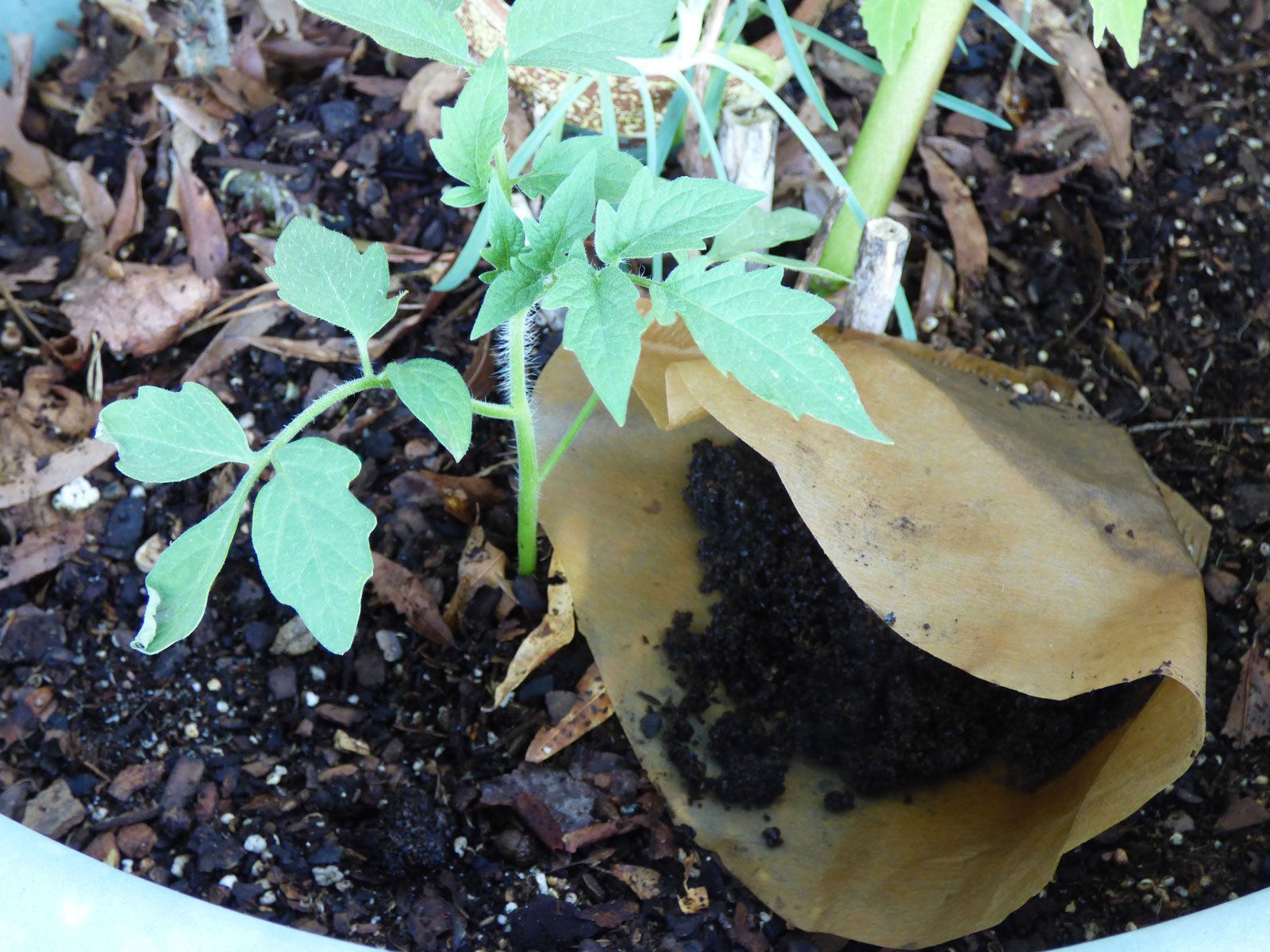A research laboratory in Maine tested different samples of coffee to determine whether adding coffee to the soil was safe for the plants. They came up with some interesting results:
In these tests, most coffee grounds had a pH level under 5.0, which means they are too acidic for most plants, even plants that typically thrive in acidic soil (like blueberries). Coffee has high residual acidity, which could have long-lasting effects on your plants.
However, this doesn’t mean you shouldn’t use it at all. But, you should treat your coffee grounds as part of a compost, and not the base.
Oregon State Extension, says that the coffee grounds themselves aren’t acidic, but that the acid is in the coffee. They also suggest putting coffee ground directly onto the soil. If you live in the western United States where the soil is far less acidic, this could be helpful.
Otherwise, try one of these solutions for using coffee grounds in the garden:
1. Use it as a mulch: SF Gate recommends using 1/2 inch of coffee grounds topped with wood chips or other organic mulch matter. Northwest Edible cautions against putting too many down as it could cause moldy soil.
2. Create a compost: Mix coffee grounds into your compost bin. Gardens alive recommends combining coffee grinds with leaves, wood ash or lime. Aim to keep it about 10 percent of the total compost.
3. Give slugs the kibosh: Northwest Edible recommends putting a small circle of coffee around a seeding plant to keep slugs away from the new leaves.
4. Add to soil: Oregon State recommends adding coffee grounds and a nitrogen fertilizer together. The coffee may help encourage microorganism growth by feeding off the fertilizer. Those microorganisms help break down the soil and the extra nitrogen in your fertilizer provides an extra boost for your plants.

